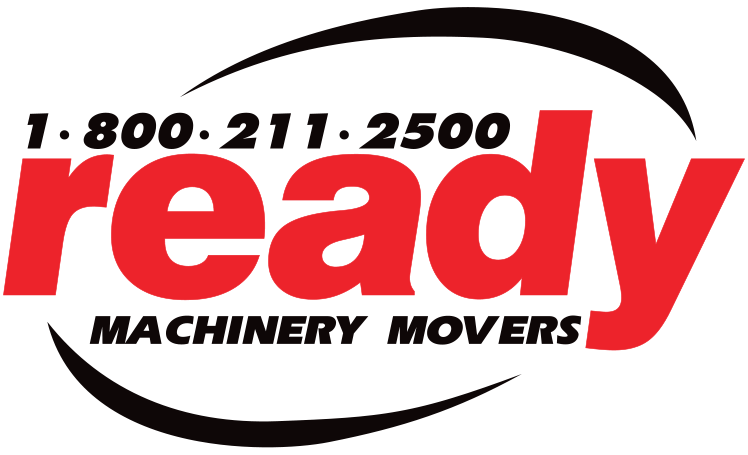Industrial moving- what you need to know. Also known as industrial relocation or plant relocation, involves the process of moving an entire industrial facility or a significant portion of it to a new location.
This can be a complex and challenging task, and there are several important things you need to know if you are considering or are involved in industrial moving:
1. Planning is Crucial
– Proper planning is essential for a successful industrial move. Start planning well in advance to ensure a smooth transition to avoid issues or delays.
– Create a detailed project plan that outlines the entire moving process, including timelines, tasks, and responsibilities. This will keep everyone on the same page.
2. Budgeting
– Moving an industrial facility can be expensive. Consider all costs, including transportation, equipment disassembly/reassembly, labor, permits, and potential downtime. By doing this, you won’t have to worry about unexpected costs and expenses.
3. Hire Professionals
– Industrial moving is not a DIY project. Hire experienced professionals who specialize in industrial relocation to ensure safety and efficiency.
– Look for moving companies with a track record of successful industrial moves and relevant certifications. This will save you time and money in the long run.
4. Risk Assessment
– Identify potential risks associated with the move and develop a risk management plan.
– Assess the impact of downtime on production and revenue, and plan accordingly to minimize disruptions.
5. Equipment and Machinery
– Properly disassemble, transport, and reassemble industrial equipment and machinery. This may require specialized rigging and handling equipment. Organize this with enough time before hand to ensure a smooth transition.
– Ensure that all machinery is properly calibrated and tested after reinstallation to avoid operational issues.
6. Compliance and Regulations
– Be aware of local, state, and federal regulations that may apply to your industrial move, such as environmental, safety, and transportation regulations.
– Obtain any necessary permits and approvals. This will prevent any hiccups or issues that may arise, causing delays.
7. Inventory Management
– Keep a detailed inventory of all assets and equipment before, during, and after the move. This will help prevent loss or damage.
– Implement a tracking system to monitor the progress of the move and ensure everything arrives at the new location.
8. Communication
– Maintain open communication with all stakeholders, including employees, suppliers, customers, and regulatory agencies.
– Inform employees about the move well in advance and address their concerns.
9. Testing and Validation
– After the move, thoroughly test and validate all systems and equipment to ensure they are functioning as expected.
– Conduct safety inspections to ensure compliance with regulations.
10. Contingency Planning
– Prepare for unforeseen challenges by having contingency plans in place.
– Have backup resources, such as spare parts and equipment, readily available.
11. Environmental Considerations
– Minimize the environmental impact of the move by recycling or properly disposing of materials and waste.
– Implement environmentally friendly practices when possible.
12. Security
– Ensure the security of valuable assets during the move. Implement security measures to prevent theft or damage.
13. Post-Move Evaluation
– Conduct a post-move evaluation to assess the success of the relocation and identify areas for improvement.
Industrial moving is a complex process that requires careful planning, coordination, and execution. It is essential to work with experienced professionals and prioritize safety and compliance throughout the entire project to minimize risks and ensure a successful transition to the new location.
